News
We'd love to hear your news and ideas and to help share your accomplishments!
Submit news, updates, story ideas to cegenews@umn.edu.
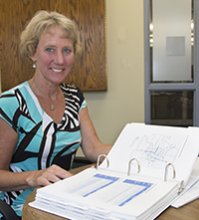
Alumni Profile: Amy Vennewitz (BCE 1985), Deputy Director Transportation Planning and Finance, Metropolitan Council of the Twin Cities
Posted
The career path Amy Vennewitz followed might seem unconventional for an engineer. She has spent most of her career in government, involved in policy, planning and financing state and regional transportation systems.
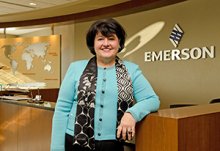
Alumni Profile: Jane Lansing
Posted
As the brand officer and vice president of marketing for a global company that employs about 55,000 people worldwide, Jane Lansing’s days are busy and varied. She travels about 75,000 miles a year, connecting with people from all over the world. She finds the most gratifying part of her job to be “developing a vision and a strategy and then implementing it in a big, global organization.” And she is very good at what she does.

Faculty Profile: Sebastian Behrens
Posted
Microorganisms are the most diverse and abundant cellular life forms on Earth. They occupy every possible metabolic niche, yet the vast majority of Earth’s bacteria cannot be analyzed using classical microbiological methods, hence they remain mysterious, sometimes referred to as the “dark matter of biology.” Microbiologists have only recently become aware of this “biological dark matter” through modern DNA sequencing surveys based on conserved marker genes (chiefly small subunit ribosomal RNA; SSU rRNA) or through random shotgun sequencing (metagenomics). Analyzing the genetic makeup of “dark matter” microorganisms could unlock a vast repertoire of new and useful metabolic functions and chemical compounds.
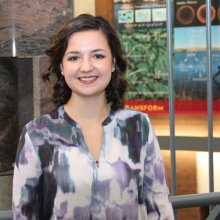
Preparing a Global Work Force - Mariah Dooley
Posted
In this issue we share perspectives of two students with global experience. Mariah Dooley, from Sioux Falls, South Dakota, has travelled, studied, and worked in Spanish-speaking countries. Edwin Jarquin Martinez earned an architecture degree in his native Nicaragua. He came to the University of Minnesota to earn his second degree in civil engineering.
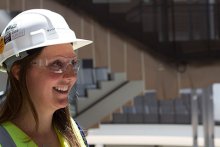
The John T. Tate Hall Re-opens for Classes
Posted
The newly renovated John T. Tate Hall reopens this fall. New students will surely enjoy the bright, new atrium and benefit from the up-to-date technology, classrooms, and instructional labs. But students and alumni who remember studying in old Tate, with its many levels and winding hallways, will really appreciate what the updates mean for students.

Assistant Professors Promise Bright Future for CEGE
Posted
The Department of Civil, Environmental, and Geo- Engineering (CEGE) has a long history built on a deep foundation of distinguished and internationally recognized researchers.

Khani: Research on Transit Networks
Posted
lireza Khani often describes public transit as his “favorite mode of transportation.” While many people appreciate transit that is clean and timely, few regard it as more than a functional convenience. Khani, however, is drawn to examine transit closely, to know its complexities and challenges
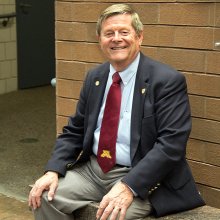
Dennis Martenson, a very civil Civil Engineer
Posted
A person of good will and good actions, Dennis Martenson has worked for the betterment of society through his professional work in the areas of water and wastewater treatment and as a volunteer. He encourages students and fellow engineers to appreciate what they have been given and to give back to help others.

Old Book Tells Long Story of Excellence
Posted
THE STORY OF EXCELLENCE IN CIVIL ENGINEERING is a long one within Department of Civil, Environmental, and Geo- Engineering (CEGE), and it can be found in the pages of the Chi Epsilon Membership Log.
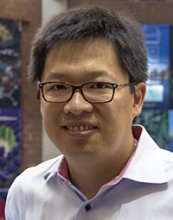
A Paradigm-changing Framework for Reliability-based Analysis and Design of Concrete Structures: Jia-Liang Le
Posted
No engineering structure remains risk-free during its entire service lifetime. Engineers must design structures to limit probable risk of failure to a tolerable level. Because of many of the factors affecting the risk of failure, probabilistic methods have become an indispensable tool for structural design.